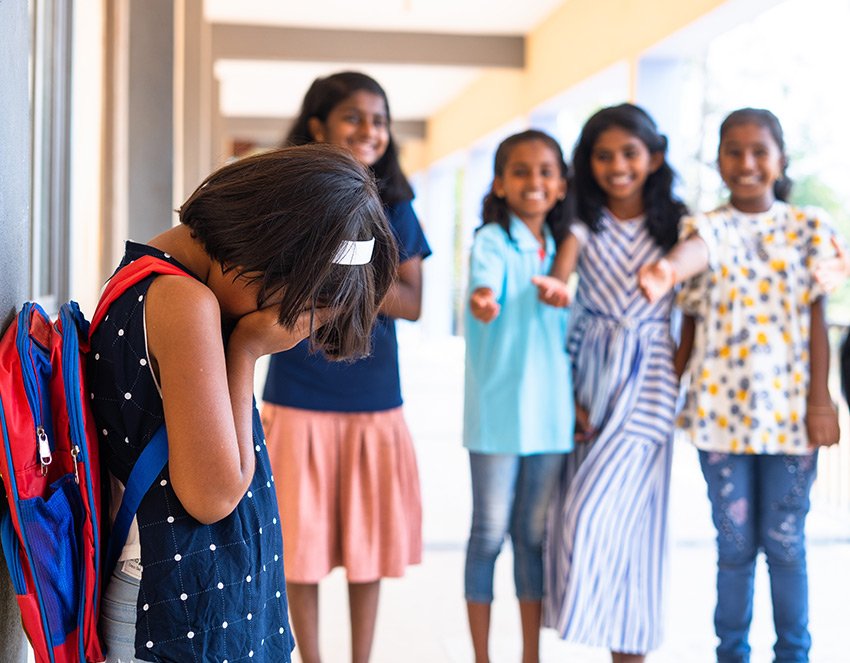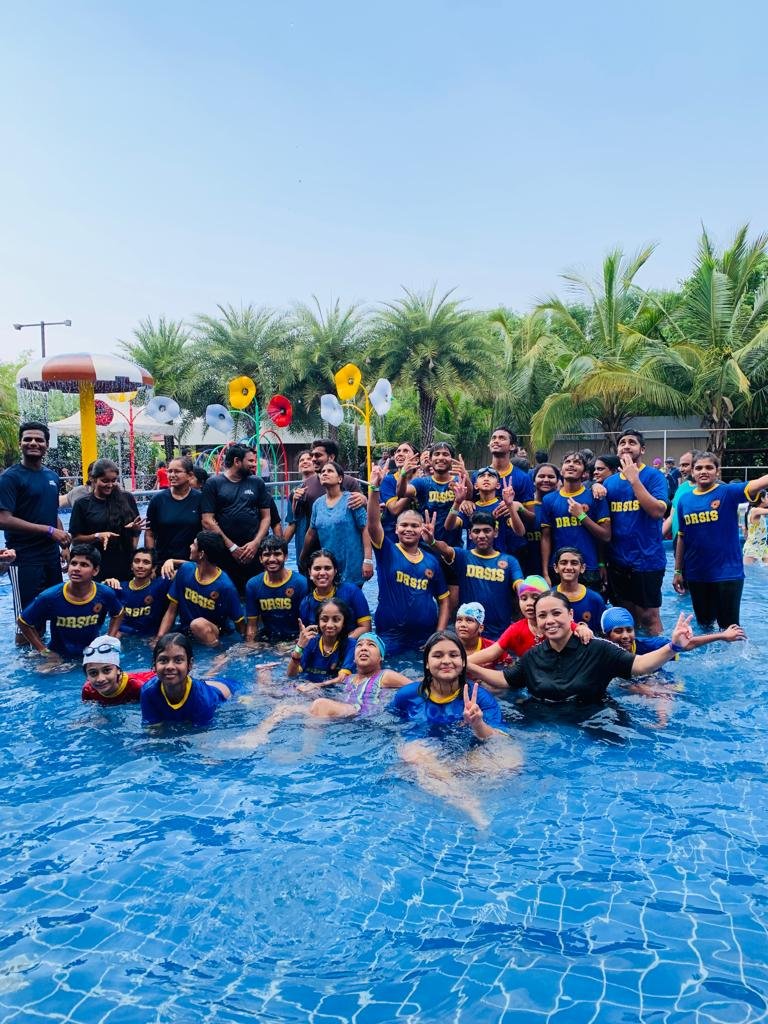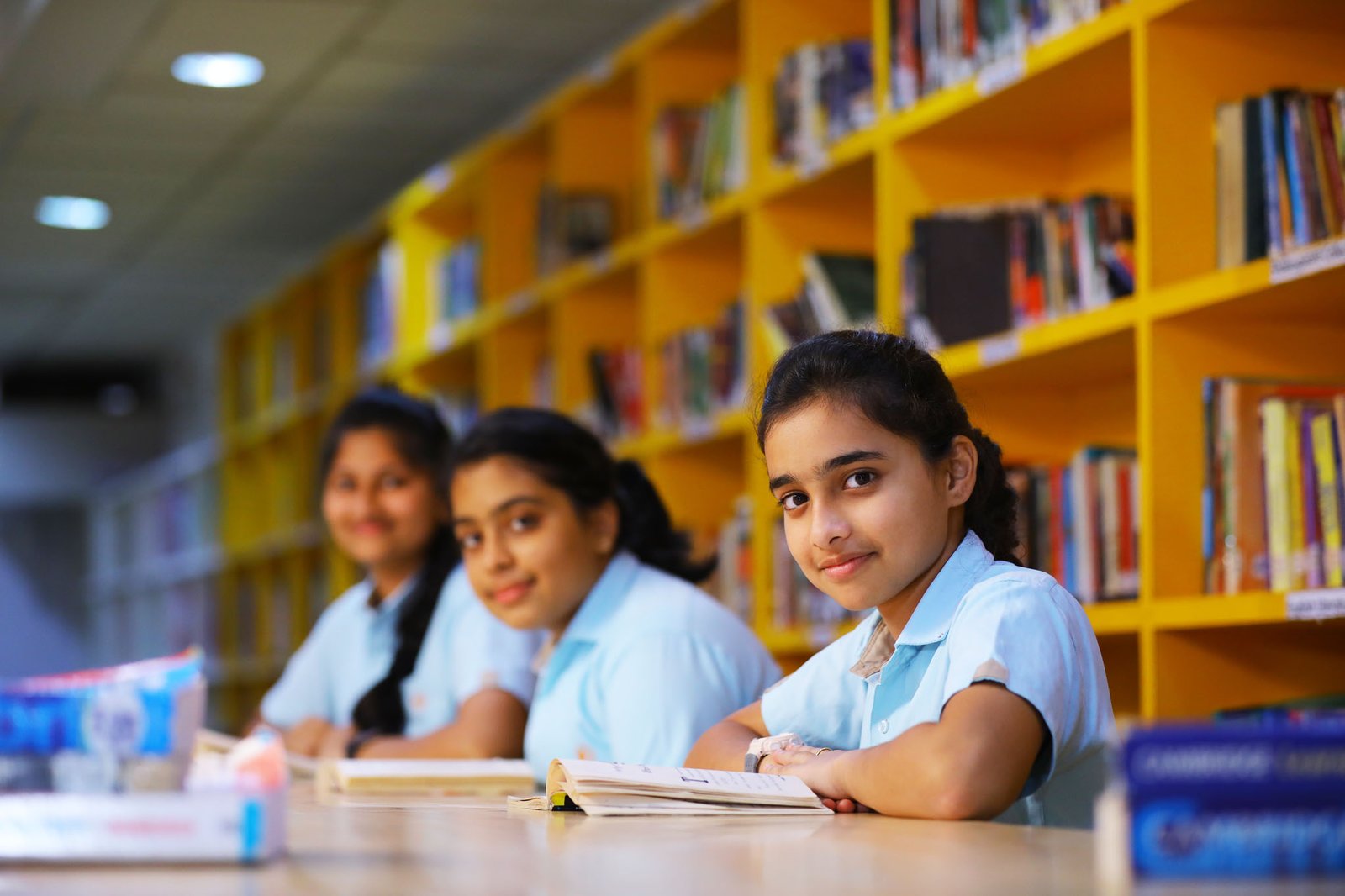Bullying is a form of aggression in which children repeatedly and intentionally intimidate, harass, or physically harm a victim. It is an ongoing and deliberate misuse of power in relationships through repeated verbal, physical or social behavior that intends to cause physical, social, or psychological harm. It can involve an individual or a group misusing their power over one or more persons who feel unable to stop it from happening.
Bullying is considered one of the most common forms of violence in society. It happens particularly at times and in places where supervision is minimal. Although bullying, harassment, and victimization can take many forms, the key elements of this behavior are aggression, repetition, and the context of a relationship with an imbalance of power.
There are different types of bullying that can be experienced by children and adults. They’re –
- Physical Bullying includes kicking, pushing, pinching, or damaging property. It can cause both short and long-term impacts on the victim.
- Verbal Bullying means teasing, taunting, name-calling, insulting, intimidating a person. It may affect the mental and emotional health of an individual.
- Social Bullying is often harder to recognize and can be carried out behind the bullied person. It is designated to harm someone’s social reputation or cause humiliation. It generally includes spreading rumours and lies, negative facial or physical gestures, damaging someone’s social acceptance, playing nasty jokes to humiliate, etc.
- Cyberbullying means bullying through digital technologies such as computers, software, smartphones, etc. Cyberbullying statistics report that India has the 3rd highest incidence in the age group of 8-17 years old.
Bullying makes people unsafe at school and workspace and gets miserable when they reach home. This might impact people in various ways –
- Behavioral signs such as changes in sleeping and eating patterns, frequent mood swings, turns aggressive and unreasonable, begins to target siblings, etc.
- Physical signs of bullying like unexplained cuts and scratches, feeling too hungry, etc.
- Other signs which could be hidden like – being excluded from friendship groups, unable to speak up in a group, etc.
According to a survey, educational institutions stand on top in bullying. It is a type of aggressive behavioral character (like intentional, repetitive, hurtful, imbalance of power, etc.) but not aggression and violence. Students who share common traits form a group and target others who are different or can be easily bullied. Victims of bullying are more likely to feel socially rejected and experience greater social marginalization. Students who report victimization are 3-4 times more likely to report anxiety symptoms than uninvolved children. Children bullied repeatedly had low self-esteem and more depressive symptoms than adults. The form and extent of bullying can vary by gender as well. Girls overall reported higher rates of bullying than boys. Children who witnessed bullying experience are more likely to have increased use of tobacco, alcohol/other drugs, mental health problems including depression, anxiety, increasing absenteeism, lower academic performance, lack of quality friendships at school, etc.
Bullying arises from social situations at school, work, family, etc. In children’s life, school is the most commonplace for bullying. Since there is no union or state law specifically addressing bullying, various provisions of the Indian Penal Code (IPC) and Information Technology Act, 2000 can be used to fight bullying.
The Government of India, in order to stop bullying, enacted a regulation called “UGC Regulations on Curbing the Menace of Ragging in Higher Educational Institutions, 2009” which is applied to all colleges and Higher Educational Institutions in India.
Research suggests that parents are often the last to know when their child is being bullied or has bullied someone else, this can be addressed through regular communication to their child. It’s very important for parents to create an anti-bullying mindset in their children.
Children should be counselled to develop strategies like walking away, telling in a firm voice to stop bullying, informing adults like parents or teachers, etc. Involving parents and teachers to help children engage in positive behaviour. Parents should organise practice scenarios at home where the child learns how to ignore a bully or develop assertive strategies for coping with bullying.
Students in schools should be provided with life skills training and other youth development activities. They should be encouraged to do what they love. Special activities, interests and hobbies can boost their confidence, help kids make friends, and protect them from bullying behavior.
Bibliography
- An official website of United States of America: https://www.stopbullying.gov/prevention/how-to-prevent-bullying
- Sherri Gordon: https://www.verywellfamily.com/ways-to-prevent-school-bullying-460755
- An order of University Grants Commission (UGC) https://www.ugc.ac.in/pdfnews/0913656_ARC-Supreme-Court.pdf
- Vinod Joseph: https://www.mondaq.com/india/crime/989624/anti-cyber-bullying-laws-in-india–an-analysis
- Ojasvi Jain, Muskan Gupta: https://www.sciencedirect.com/science/article/pii/S2451958820300294
6. American Psychological Association:https://www.apa.org/topics/bullying/prevent














